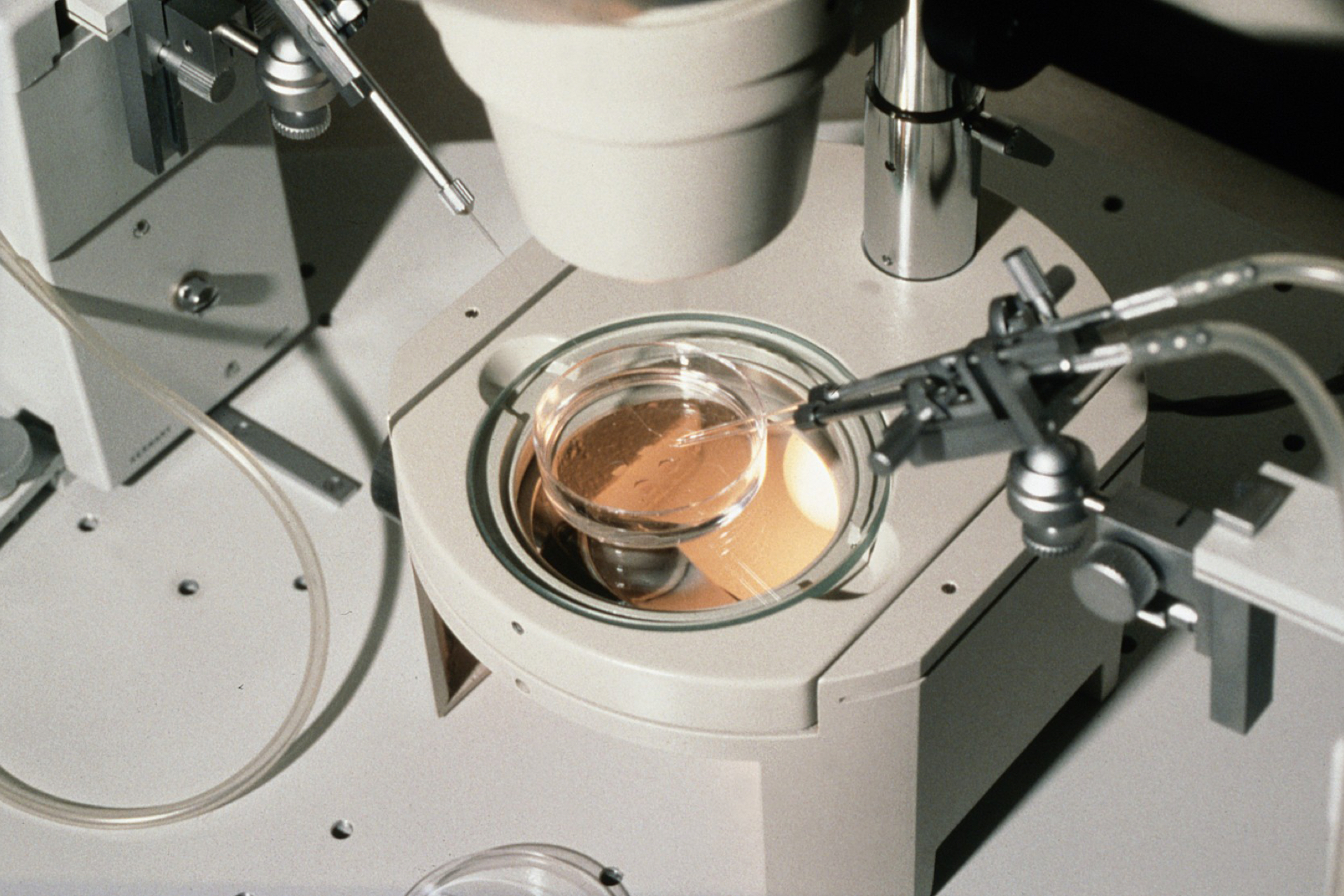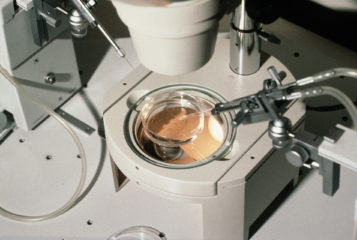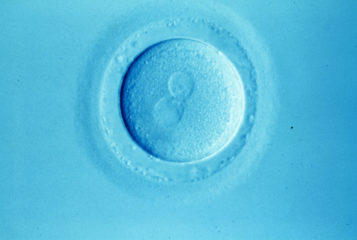Last week, the HFEA (Human Fertilisation and Embryology Authority) released its much-anticipated report 'Fertility Treatment 2014-2016 - Trends and Figures', providing the latest available data regarding fertility treatments in the UK (see BioNews 942). The report is a well written, clear and user-friendly document which summarises much of the important developments in assisted reproduction, and the HFEA must be commended for its hard work.
As a researcher currently focusing on egg freezing, I was particularly keen to see what the latest figures would reveal about this rapidly developing and fast-growing phenomenon. I immediately turned to page 36, and downloaded the accompanying Excel datasheets. I was interested to learn about both the rates of increase in egg freezing over the last few years, and to check other key statistics including thaw cycles and birth rates.
However, as I checked the current report and datasheets, I was surprised to find that these figures did not match those provided in the previous report, published in 2016. Indeed, the annual figures for egg freezing cycles in the UK from 2010 onwards are highly discrepant in the two reports, as shown in the table below.
| Treatment cycles for egg freezing in the UK | ||
| Year | Figures from 2016 Report | Figures from 2018 Report |
| 2010 | 332 | 226 |
| 2011 | 439 | 316 |
| 2012 | 556 | 395 |
| 2013 | 712 | 551 |
| 2014 | 890 | 677 |
| 2015 | - | 1,069 |
| 2016 | - | 1,171 |
According to the latest report, the number of egg freezing cycles for each year is significantly lower – between a fifth and a third lower – than the figures previously published. Such a discrepancy presents problems for researchers, or indeed for anyone, looking to understand the real rise in egg freezing cycles over the past two years, and of course, begs the question – where have the missing frozen eggs gone?
In response to my enquiry, the HFEA's data team told me that the discrepancy was due to different classifications of what constitutes 'a cycle of egg freezing'. They explained in an email to me: 'The purpose of the Fertility Treatment 2014-2016 report is to provide broad headlines figures to inform the public, patients, clinicians and researchers about the widest range of fertility treatment in the UK. At the beginning of the report we publish definitions of freeze cycles and thaw cycles which were chosen to reflect the current understanding of egg freezing as a treatment, and we also provide all the background data on our website to assist researchers with specific areas of interest. However, we always welcome feedback on how we can improve our publications. Later in the year we will be publishing further information on our egg freezing data.'
It is, of course, extremely difficult to make judgments about how best to categorise and present data. However, I think this case illustrates the need to be both careful and explicit in stating how we define concepts, such as what counts as an 'egg freezing cycle', and to explain why such definitions might change over time. It seems that while the previous report included all cycles in which eggs were frozen, the current report counts only limits numbers to the cycles in which 'eggs are collected with the intention to freeze'.
This definition leaves out all the cycles in which eggs were frozen, despite this not being the stated intention at the outset (which the data suggests is roughly a fifth to a quarter of cases!), and will therefore highlight only a partial or skewed image of the uses of oocyte vitrification in the UK.
Indeed, as we have seen from our recent analysis of five years of egg freezing data from the London Women's Clinic, which we presented at the Fertility 2018 conference in Liverpool in January 2018, we are only just beginning to recognise the true complexity and heterogeneity of egg freezing practices and patients.
Our analysis revealed four main categories of of egg freezing, each with a very specific patient profile and subsequent thawing outcomes. On the basis of that data, we have proposed the two new categories of Clinical Egg Freezing (CEF) and Incidental Egg Freezing (IEF), to add to the established categories of Social Egg Freezing (SEF) and Medical Egg Freezing (MEF) in order to more clearly represent the varied practices of vitrification. These new categories refer, respectively, to those cycles in which eggs were frozen due to a clinical decision to batch eggs from multiple cycles of egg collection to be fertilized together, and those cycles in which eggs were frozen because of an unexpected inability to acquire a sperm sample on the day of egg collection.
In terms of the new HFEA classifications, it is possible that these categories of CEF and IEF would now not count as 'egg freezing', since the intention was not to freeze eggs per se but to achieve a pregnancy. If there has been such an omission, it will make it very hard to see the true extent of vitrification practice in the UK. And since, according to our data, these are the groups most likely to thaw their eggs to attempt conception, it will also make it almost impossible to draw meaningful comparisons between egg freeze and egg thaw cycles, or to calculate accurate pregnancy outcomes for different groups of egg freezing patients.
Happily, I have been assured that all these issues will be discussed in more detail when the HFEA produces its Egg Freezing Report in the early summer. I hope the new report will include a consultation process, so that such comments and concerns can be discussed in advance of the data's publication, and so that the views and needs of different stakeholders can be taken in to account. There is still much we do not know about the practices of egg freezing and egg thawing in the UK, and while researchers like myself are working to gain more knowledge, it is crucial for the HFEA to provide us with rigorous, transparent and comprehensive national data on which to build our understanding.
Sources and References
-
Five years of egg freezing: a detailed analysis of London Women’s Clinic Laboratory Data, 2012-2016
-
Fertility Treatment 2014-2016 — Trends and Figures
-
Fertility Treatment — Trends and Figures 2014






Leave a Reply
You must be logged in to post a comment.